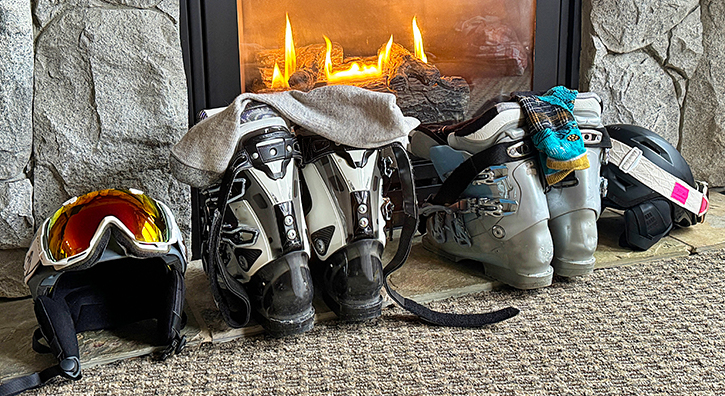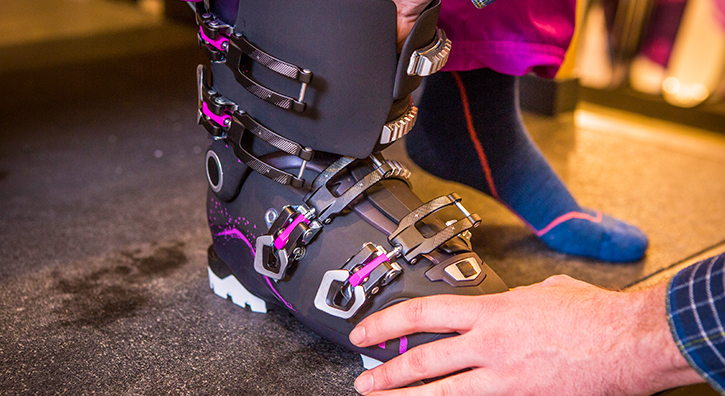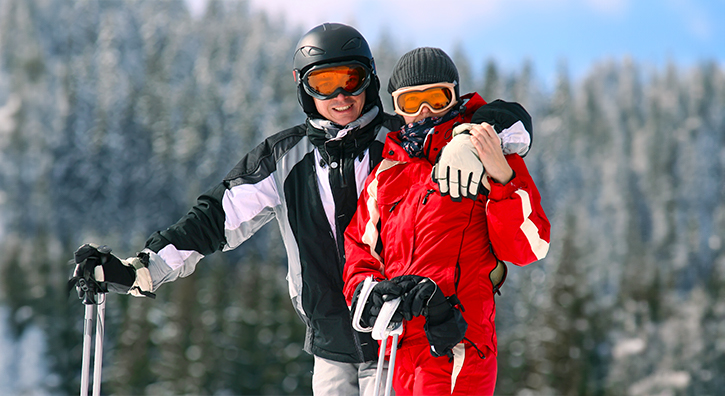0800 260 5082
Available from Available from Monday to Friday 9am to 7pm. Closed on weekends.
Available from Available from Monday to Friday 9am to 7pm. Closed on weekends.
Having the right ski clothes is essential for staying warm, dry, and comfortable in cold mountain conditions. From base layers that regulate body temperature to waterproof jackets, insulated pants, and sturdy ski boots, every piece of clothing enhances your skiing experience. Whether you're a beginner or an expert, understanding how to layer properly ensures maximum performance and protection against the elements.
Beyond choosing the right clothing, knowing how to maintain your gear, protect your face from harsh winds, and select quality materials can make a huge difference. Whether you're planning a ski travel adventure or booking the perfect accommodation, this guide will walk you through essential ski clothing, layering techniques, and must-have accessories to keep you warm and dry on the slopes.
Find out the best destinations for your ski holidays

The base layer is the foundation of your ski outfit. Designed to wick moisture away from your skin, it helps regulate body temperature and keeps you dry. Look for merino wool or synthetic fabrics, as they provide insulation while remaining breathable. Avoid cotton, as it absorbs moisture and can leave you feeling cold.
Mid layers provide warmth by trapping body heat. A fleece jacket or a lightweight down vest is an excellent choice, especially for colder days. If you tend to overheat, opt for breathable fabrics that allow moisture to escape while keeping you warm.

Your ski jacket and pants should be waterproof and windproof to shield you from harsh weather. Look for GORE-TEX or similar materials that offer breathability while keeping snow and moisture out. A high-quality ski pant will ensure mobility and insulation, helping you stay comfortable on long ski days.

A good pair of ski pants should offer warmth, flexibility, and waterproof protection. Whether you choose insulated or shell pants depends on personal preference—insulated pants provide extra warmth, while shell pants allow for more layering options.

Your ski jacket should have adjustable features, ventilation zippers, and a snow skirt to prevent snow from entering. A layered approach works best—wearing a shell over an insulated mid-layer lets you adapt to changing temperatures.

Opt for resorts with diverse slope options, so you can explore ski slopes suited to your level and preferences. Many locations also offer equipment rental services with a range of options at competitive prices, including essential gear like wool layers, ski pants, and high-quality goggles for optimal performance.
Travel smart by booking in advance and checking weather and slope conditions. Early planning ensures you get the best accommodations and rental gear, from insulated pants to breathable wool layers that keep you warm and comfortable in changing conditions.

Finally, focus on the experience. Whether you're skiing for fun or pushing your limits, the proper preparation, guide, and mindset can turn a good ski day into an unforgettable adventure. The right layers provide warmth, while well-fitted goggles enhance visibility, ensuring every descent is smooth and enjoyable. Embrace the slopes with confidence, knowing that every slope, piece of equipment, and moment of preparation leads to a thrilling and rewarding experience in the heart of winter.